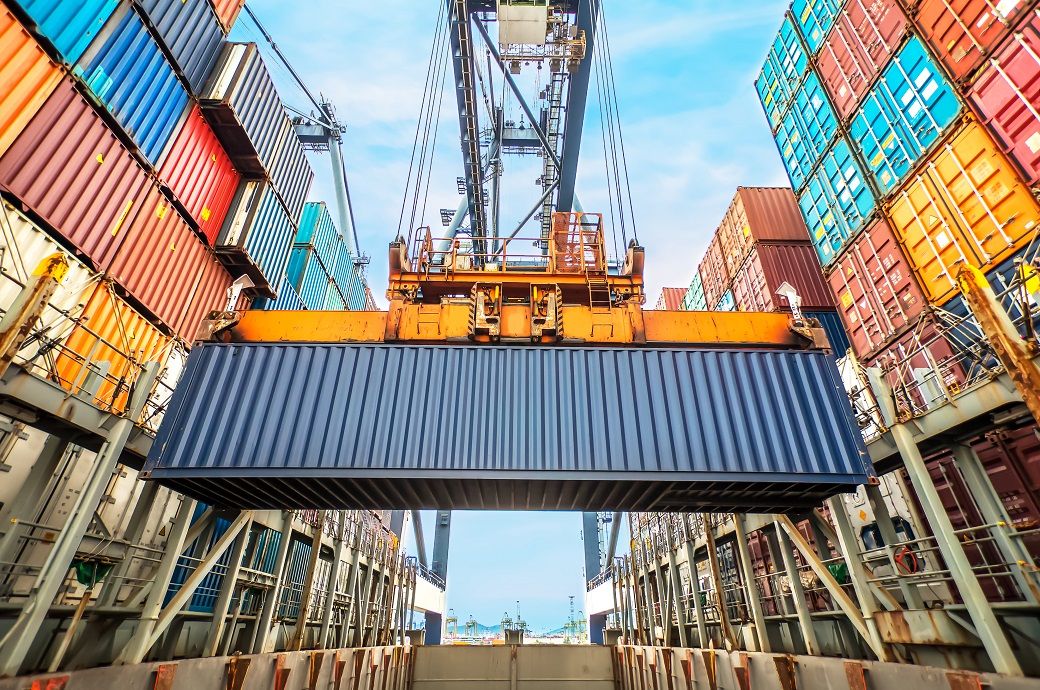
US retailers expect a busy holiday season the next two months but imports at the nation’s major container ports should continue to slow from records set earlier in the year, according to the monthly Global Port Tracker report by the National Retail Federation and Hackett Associates.
Ports have not yet reported October’s numbers, but Global Port Tracker projected the month at 2.02 million TEUs, down 8.5 per cent year-over-year (YoY). November is forecast at 1.92 million TEUs, down 9.2 per cent YoY and the lowest number since 1.87 million TEUs in February 2021, the last time the monthly total fell below 2 million TEUs. December is expected to drop to 1.9 million TEUs, down 9 per cent YoY.
The first half of 2022 totalled 13.5 million TEUs, a 5.5 per cent increase YoY. The forecast for the remainder of the year would bring the second half to 12.3 million TEUs, down 5.3 per cent YoY. For the full year, 2022 is expected to total 25.86 million TEUs, barely changed from last year’s annual record of 25.84 million TEUs.
January 2023 is forecast at 1.98 million TEUs, down 8.4 per cent from January 2022. February is forecast at 1.71 million TEUs, down 19.1 per cent from unusually high numbers last year, when backed-up cargo kept congested US ports busy despite the annual Lunar New Year shutdown of Asian factories. With most congestion issues continuing to ease, the month is expected to be the slowest since 1.61 million TEUs in June 2020. March is forecast at 1.99 million TEUs, which would be an improvement from February but down 15.2 per cent YoY.
The cargo data comes as NRF forecasts that 2022 holiday retail sales will grow between 6 per cent and 8 per cent over 2021 to between $942.6 billion and $960.4 billion.
“Cargo levels that historically peak in the fall peaked in the spring this year as retailers concerned about port congestion, port and rail labour negotiations, and other supply chain issues stocked up far in advance of the holidays,” said NRF vice president for supply chain and customs policy Jonathan Gold. “With a rail strike possible this month, there are still challenges in the supply chain, but the majority of holiday merchandise is already on hand and retailers are well prepared to meet demand.”
“While consumers are still buying more, demand has fallen from peak consumption during the height of the pandemic. We expect the flattening of demand that began around the middle of this year to continue into the first half of 2023,” said Hackett Associates founder Ben Hackett. “This will depress the volume of imports, which has already declined in recent months. Carriers have begun to pull services and are looking at laying up ships.”
Fibre2Fashion News Desk (NB)